The new Renault 4 e-Tech is in some ways the electric counterpart of the Captur, whereas the R5 city car is positioned more like a Clio. Based on the same platform as the R5, this B-segment SUV in turn adopts the stylistic codes of its inspiration, the original "4L". But does the new R4 have what it takes to approach the legend of the one that sold more than 8 million units worldwide between 1961 and 1992?
More than a raised R5
At 4.14 m long, 1.80 m wide and 1.55 m high, the R4 e-Tech clearly sets itself apart from the R5. Because even though it's built on the same AmpR small platform as the group, the battery-powered 4L is 22 centimeters longer (including 8 centimeters on the wheelbase alone), 3 centimeters wider, and 5 centimeters taller than the likeable R5.
Obviously, the most visible difference concerns the style, since if we removed the logo from the grille, there would be no common element that would allow us to say that these are two vehicles from the same brand. At a time when some manufacturers are content to put vehicles that all look the same on different scales, this is not at all to displease us. The R4 has a face… an R4 face! Because as with the R5, Renault plays on the nostalgic fiber. The R4 of the 21st century in fact multiplies the references to its ancestor, with a long hood plunging at almost right angles to its large through grille and the two round headlights at its ends, a profile marked by the quarter window (which also contains a small easter egg) typical of the 4L and, at the rear, capsule-shaped headlights. Renault also took inspiration from the original 4L for the tailgate—then called the “service door”—which drops very low to offer the lowest-floor loading sill on the market, just over 60 cm from the ground.
This trunk is also particularly spacious, with 420 liters of cargo (339dm3 VDA), including around forty in the double bottom which allows you to store the charging cable, but which can also be occupied by the amplifier and subwoofer of the Harman-Kardon audio system. In this case, the cable finds its place in a net which can be attached to one of the side walls of the trunk.
Depending on future versions, Renault will even offer a large canvas sunroof. Speaking of versions, the three currently offered in the catalog are differentiated first by the design of the rims, all with a diameter of 18 inches.
Renault 4 e-Tech: range and prices
The Renault 4 range is based on three finishes, the first of which, called Evolution Autonomy, is divided into an "urban" version and a "comfort" version. Priced at 29,990 euros, the first is notably limited to a 120 horsepower (90 kW) engine and a 40 kWh battery, while the second, available for 33,490 euros, is equipped with a 150 horsepower (110 kW) electric machine and a 52 kWh battery. This is also the engine/battery configuration that is then found throughout the rest of the range.
In terms of equipment, the Evolution version comes standard with digital instrumentation on a 7-inch screen, combined with the OpenRLink system with smartphone replication on a 10-inch screen, free connectivity for 5 years, automatic air conditioning combined with a heat pump, automatic lights and wipers, all the mandatory driving assistance systems, the preferred settings of which can be grouped together in a single control, and finally, a bidirectional 11 kW charger that can firstly power electrical devices (known as V2L, with optional equipment at 400 euros), but also reinject the electricity from the batteries into the national electricity grid for a fee if needed, provided you have taken out a specific subscription.
Above, the Techno finish (from 35,490 euros) sees its equipment enriched with fixed aluminum roof bars, a shark antenna, LED lights, the integrated Google system allowing in particular the preconditioning of the battery from the guided navigation, an Arkamys audio system, a 10-inch instrument panel, the front passenger seat folding into a table to load long objects up to 2.20 meters, hands-free access and we forget some. Electric management also gains the paddles on the steering wheel to modulate the regeneration power, including, for the first time at Renault, a One-Pedal mode that allows the electric brake to be used to come to a complete stop.
Finally, the Iconic trim (from 37,490 euros) gains level 2 driving delegation, an automatic parking device, heated front seats and steering wheel, and the V2L charger as standard.
Furthermore, all versions allow — at the time of writing — to deduct from the public price the various bonuses and aids for the energy transition offered by the French tax authorities.
Aboard the Renault 4 e-Tech
If we ignore some of the R4's specific instrumentation graphics, the car could easily be mistaken for its sister, the Renault 5, when you sit in the front seats. It's all there: the double-flattened steering wheel, the very high and awkward gearshift lever that overlooks two other switches, the dual screen for the instrumentation and multimedia... In the rear, it's a completely different story. The Renault 4 is not only much more welcoming than the Renault 5 thanks to its extended wheelbase, but it also offers its occupants a finish consistent with that of the front seats - that is to say, rather very decent - and which does not give the impression of having been designed by the B team. We will not pretend that we feel comfortable as an adult of 1.80 m, but the seat is relatively comfortable and we can calmly consider sitting there for one or two hours of driving. However, if the front seats are positioned very low, large feet can have difficulty slipping underneath. In terms of rear equipment, Renault has installed door bins, a folding armrest and two USB-C ports, all absent from the R5.
In our Iconic version, the driver's seat also benefits from electric lumbar adjustment. It's relatively easy to get into and find your driving position without difficulty. In short, the R4 easily and comfortably accommodates a small family and their luggage, and this is a real advantage compared to the “5” which is only suitable for more than two people over very short distances.
The R4 e-Tech's infotainment
Unless you choose an entry-level model, the R4 e-Techs are equipped with two large 10-inch screens and the OpenRLink system running on Google Automotive. This offers nothing fundamentally new compared to the R5's. It allows, among other things, the installation of third-party applications via an app store, route planning via Google Maps, with support for charging stations and battery preconditioning if necessary. Apple CarPlay and Android Auto smartphone replication are also available, wired or wirelessly. However, during our hands-on experience, we experienced several minor glitches (music cutting out when handling the phone, for example), which were accentuated during the test of the Reno connected avatar.
This assistant — also connected to ChatGPT — is able to inform the car's occupants about the operation of the car and its equipment, but also to act on some of them. For example, it is possible to ask it to open a particular window, even "halfway," but also to resume a conversation even after closing it. However, during our drive, it stopped working after correctly interpreting a command, disconnecting the USB port from our iPhone and freezing the CarPlay system. However, after several minutes and without having to stop the car, the system restarted itself. Note that if Reno is not useful to you, it is possible to deactivate it completely via the interface.
The latter is also rather fluid and responsive, even if by wanting to be too complete it still suffers from some ergonomic flaws.
Finally, the reversing camera alone deserves a real red card. Its definition is more than approximate, and this is all the more visible given that the screen itself is of very good quality. Why have such ridiculous savings been made on this now-standard equipment? A mystery.
On the road, what performance?
This trend towards comfort is reflected in the R4's dynamic character. With a higher ground clearance than the R5—and even a Captur—its suspensions have been recalibrated, with greater travel. As a result, what it loses in dynamism, it makes up for in comfort. We overcome bumps, rough spots and speed bumps with significantly less apprehension than in the R5 and with very well-controlled body movements. The well-contained mass (1462 kg on our version) avoids the feeling of heaviness that one has at the wheel of many electric cars. Of course, compared to a thermal car, it's still 300 kilos more for an equivalent size, but it remains quite correct in absolute value.
On the other hand, although it has exactly the same torque and power values as the R5, the loss of traction during acceleration is noticeable and you approach tight bends with a little less enthusiasm because the car then tends more easily to crash onto its front axle, which is not forgotten by the squealing of the tires. Acceleration and recovery are relatively sharp, with 0 to 100 km/h achieved in 8.5 seconds. The top speed limited to 150 km/h seems a bit stingy to us, even if no open road in France allows driving at that speed. In some countries (Germany, Poland, Bulgaria, Italy, etc.), there are sections of highway that allow driving at 140 or 150 km/h, or even beyond. In which case, the R4 may seem to some to be a bit undersized.
The other notable difference at the wheel is the one-pedal mode, installed for the first time in a Renault car. Accessible in the form of the most powerful regeneration mode via the paddle located on the left behind the steering wheel, the one-pedal is configured here with a certain progressiveness that prevents its crew from being propelled forward with each foot lift. This is undeniably a plus for those who do not consider an electric car without this subtlety, which will also be offered on the R5 in the short term. Then, in addition to two intermediate regeneration modes, the battery-powered 4L offers freewheeling, which is very practical for moving forward on false flats without draining the batteries.
In town, braking is rather easy to control, especially when switching from electric to mechanical braking. As for the turning circle of 10.8 m, it is not exceptional in itself, but nevertheless offers comfortable agility to the car.
La vie en électrique
Equipped with its 52 kWh battery, our test model claims a range of up to 409 km in urban mode. This corresponds to a little less than 13 kWh consumed per hundred kilometers and following our test, this figure corresponds well to the 13 kWh/100 km that we achieved. Unfortunately, it was not possible for us to seriously confront the R4 with a worthy motorway test, so we will base ourselves on the manufacturer's data of 15.1 kWh/100 in the combined cycle, or a little more than 340 km. On the highway, we think it's reasonable to consider 200 km between two charges as the maximum to maintain a certain safety margin. In any case, we appreciate the widget offered on the instrumentation which gives three maximum autonomy values in real time: in urban mode, in highway mode and according to the observed average.
While the entry-level R4 is limited to an 80 kW DC charger, it goes up to 100 kW with the 52 kWh battery. Unsurprisingly, then, it takes between 25 and 30 minutes for a typical 20-80% charge.
Test verdict:
More welcoming and better equipped than an R5 e-Tech, the Renault 4 corrects many of its sister's minor flaws, without achieving perfection either. Very spacious—but less so than a Hyundai Inster—comfortable, well-equipped, and with a pleasing design, it can easily become a real second car for the household. This means that a small family can easily be taken on board with their shopping, luggage, or sports equipment. While its urban consumption gives it a respectable range, it will be a bit tight for long motorway trips without being too penalised by recharging times.

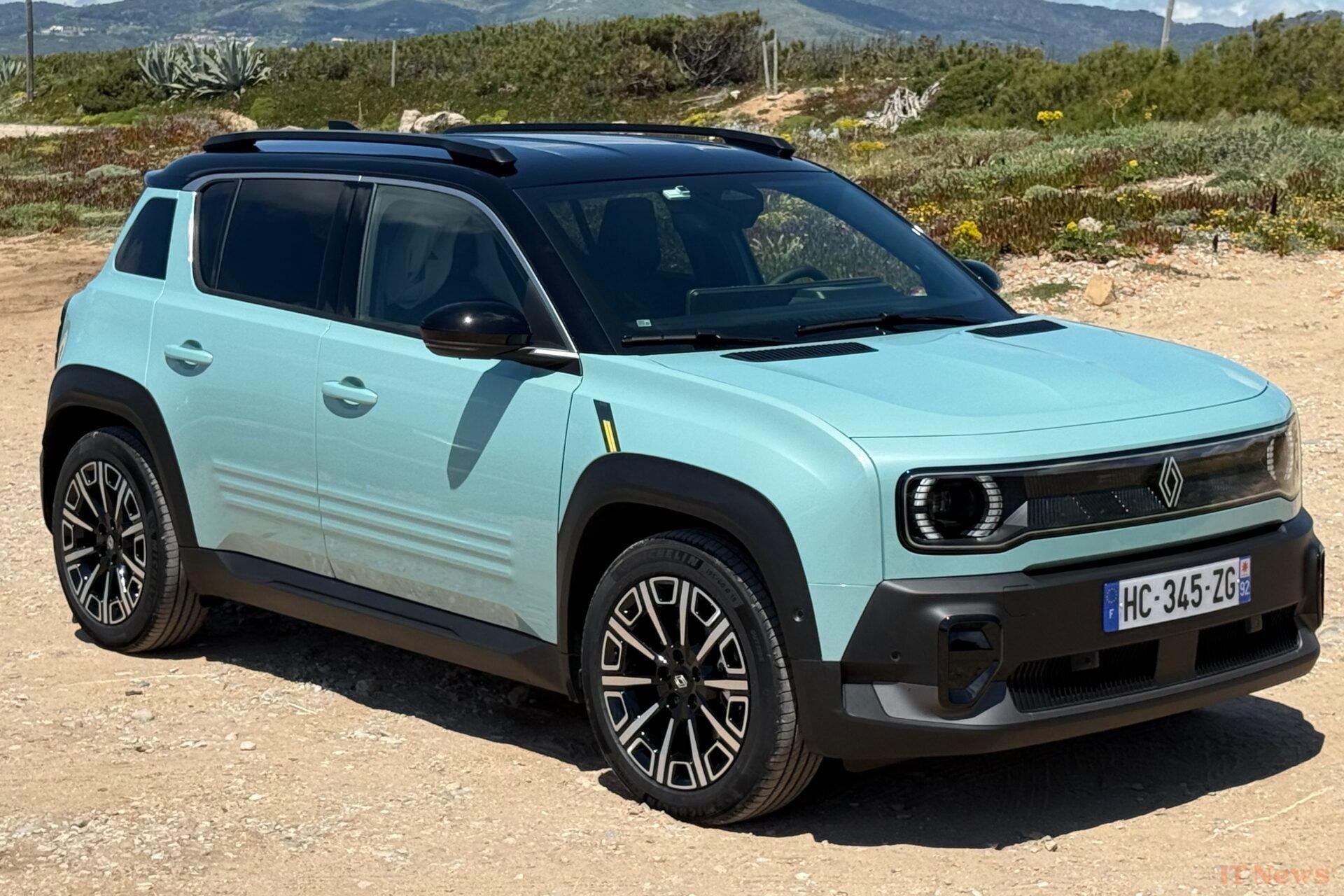
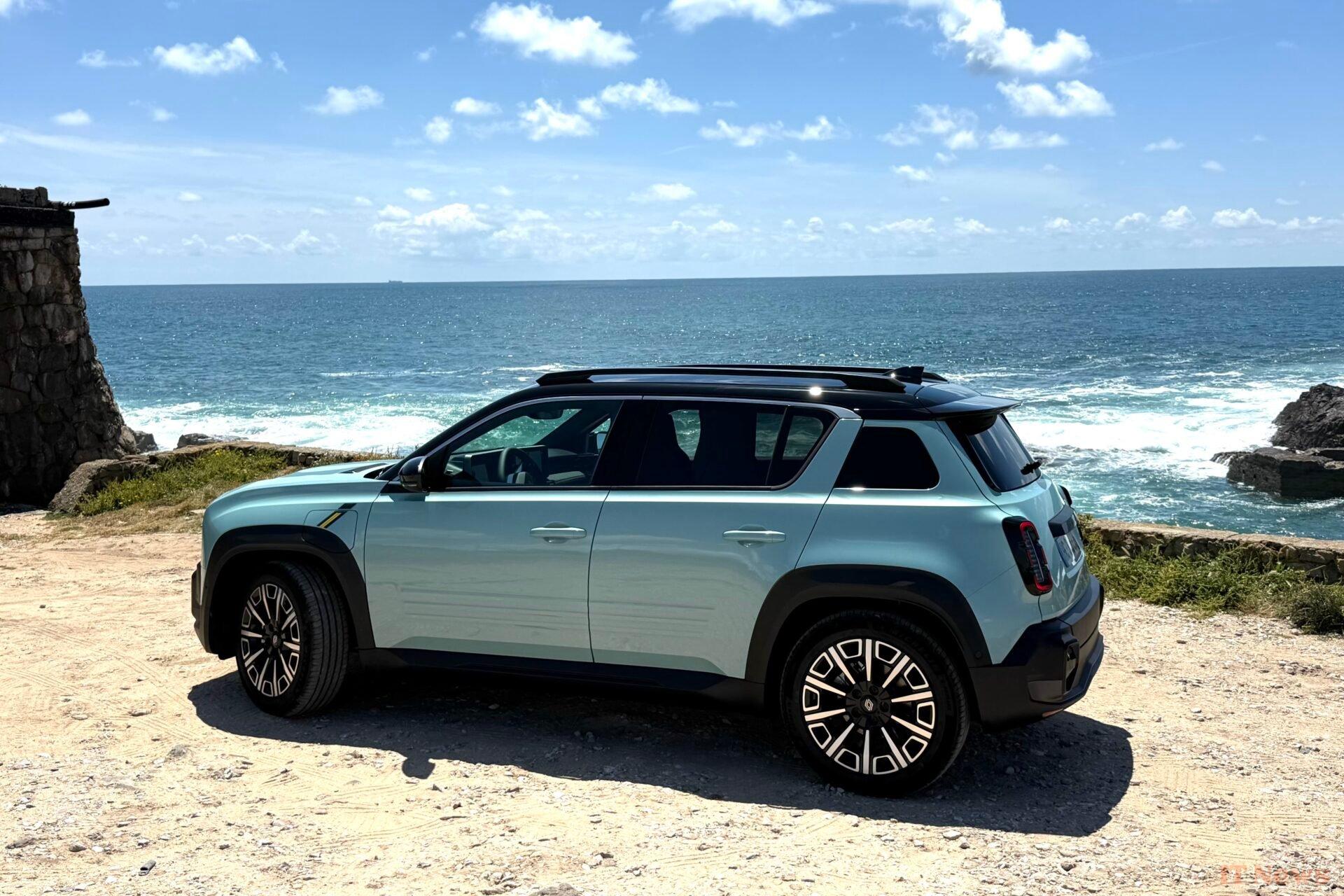
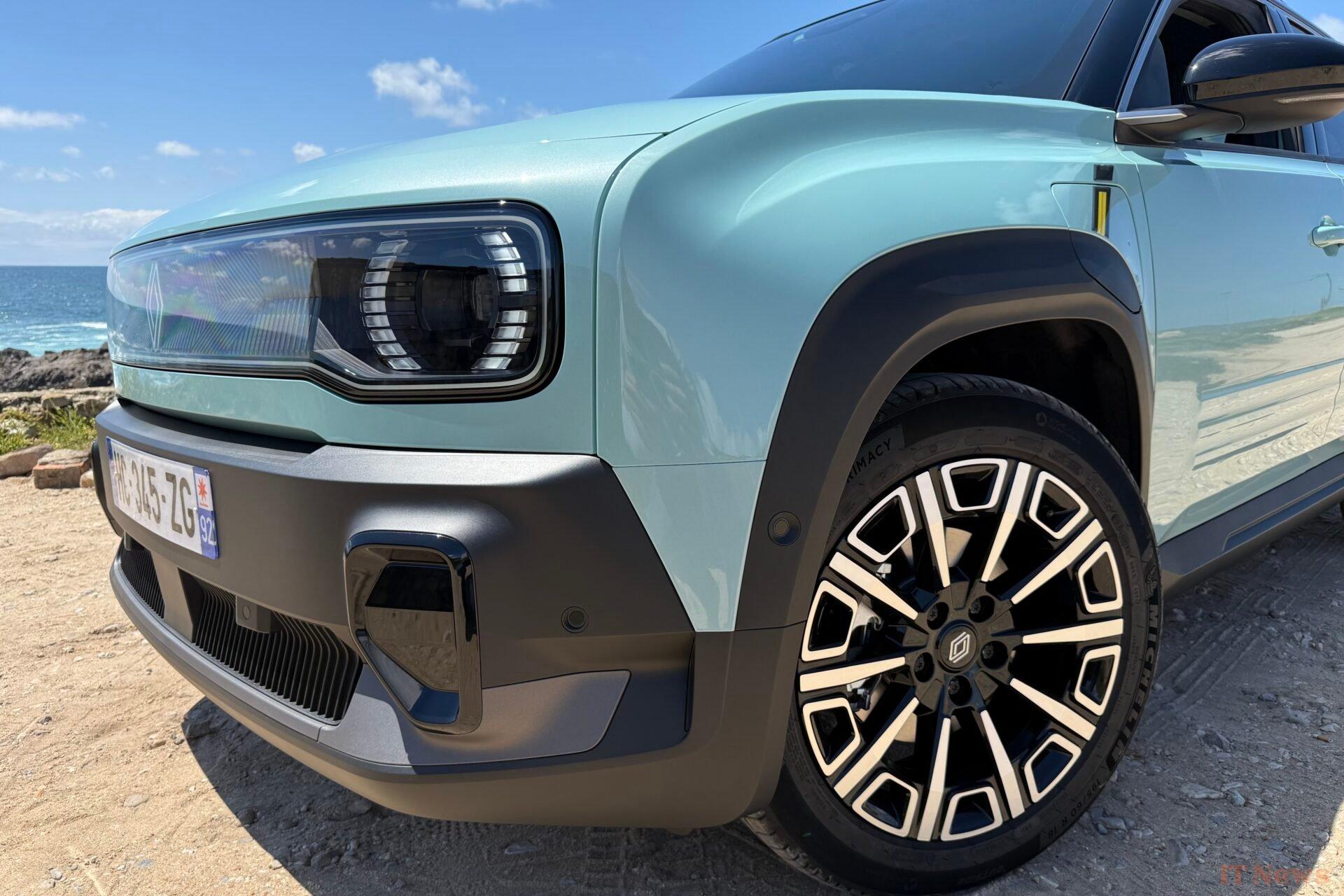
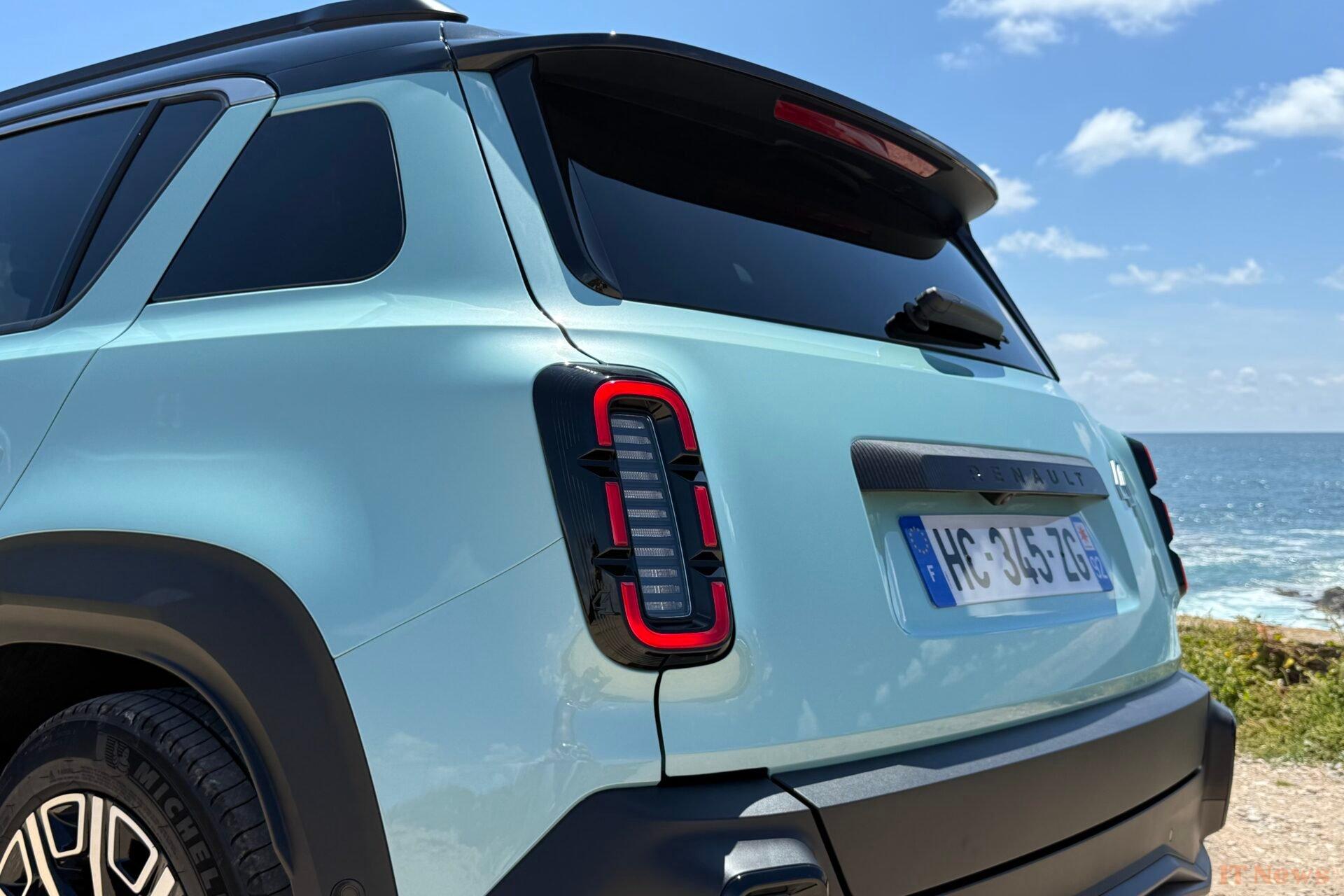
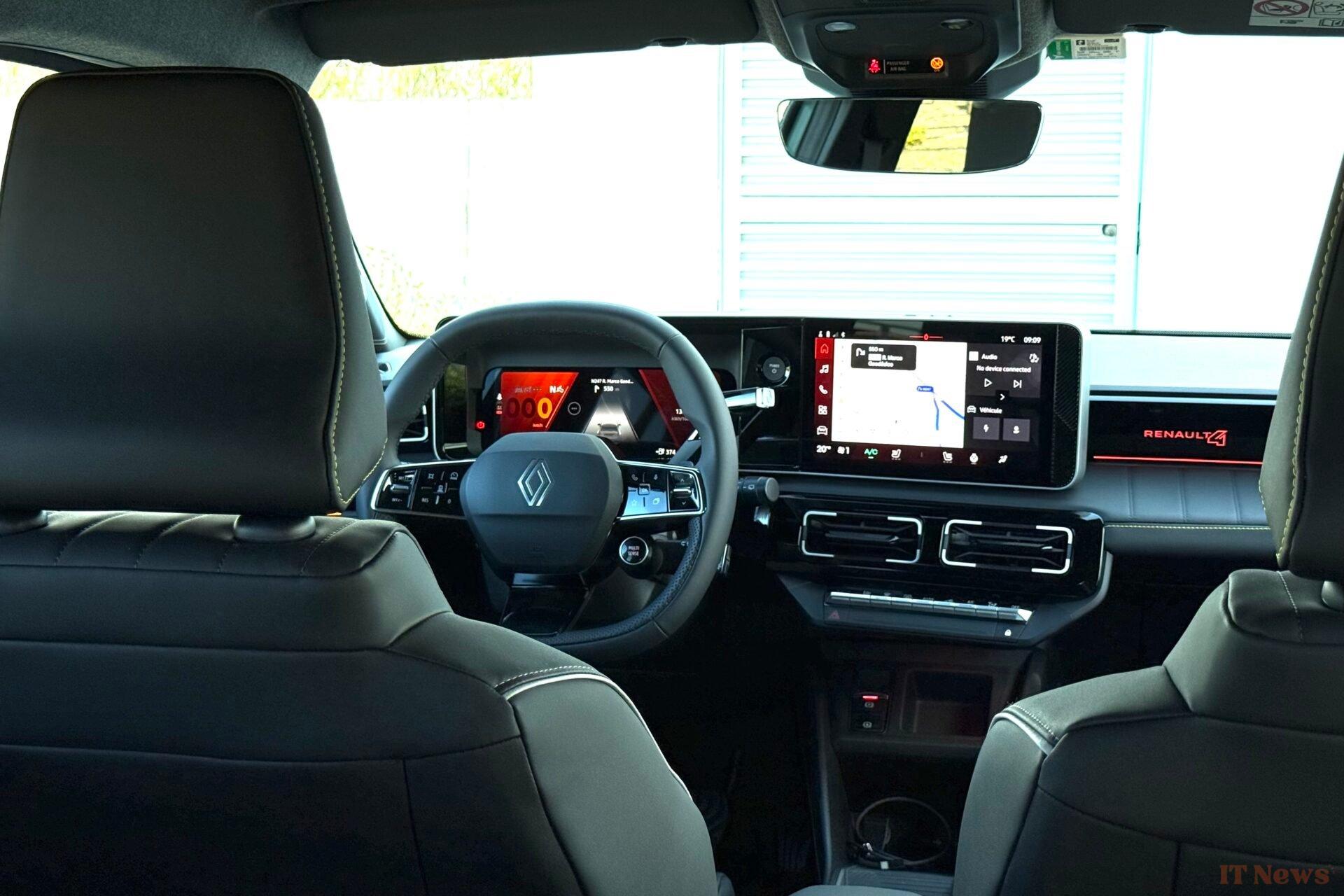
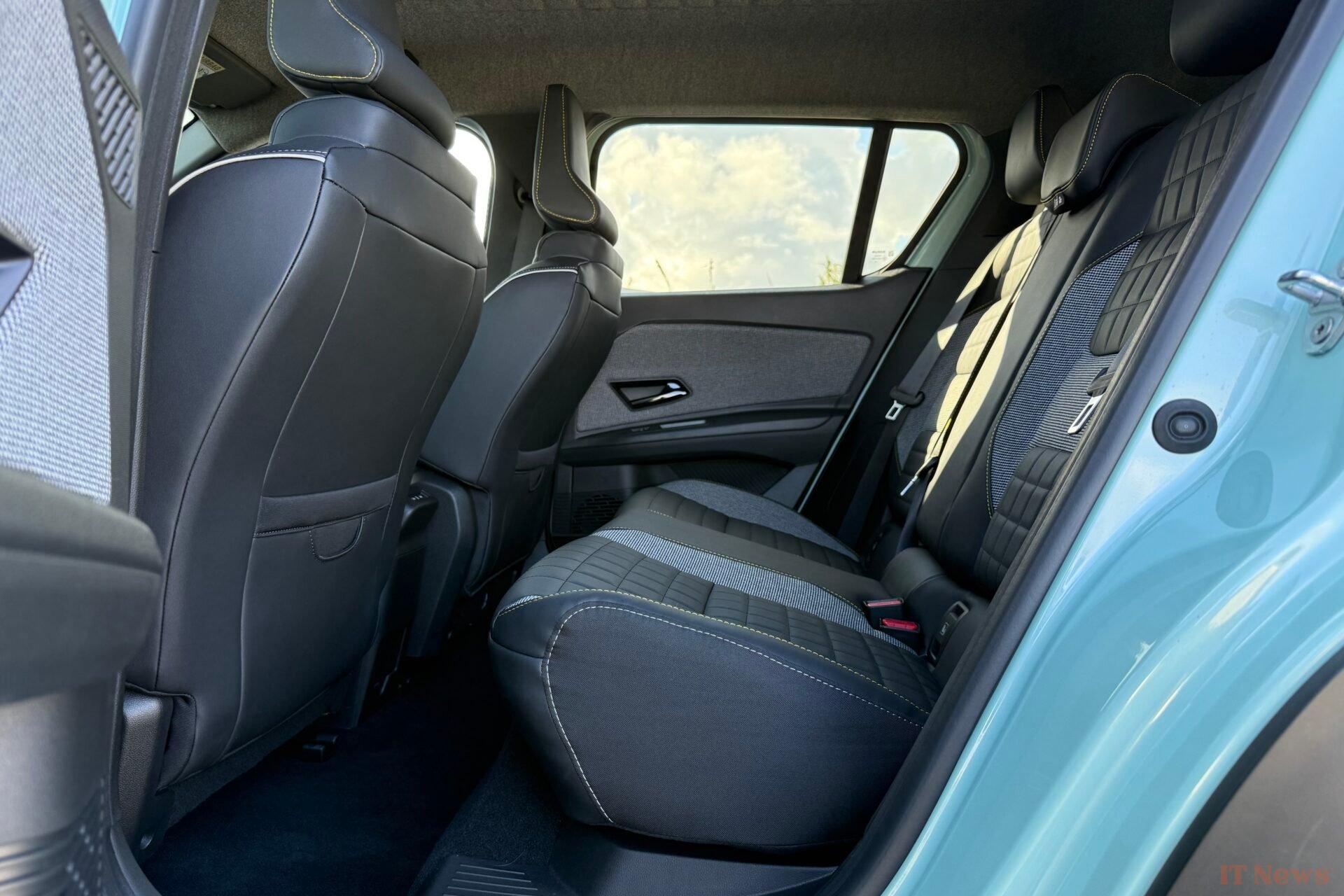
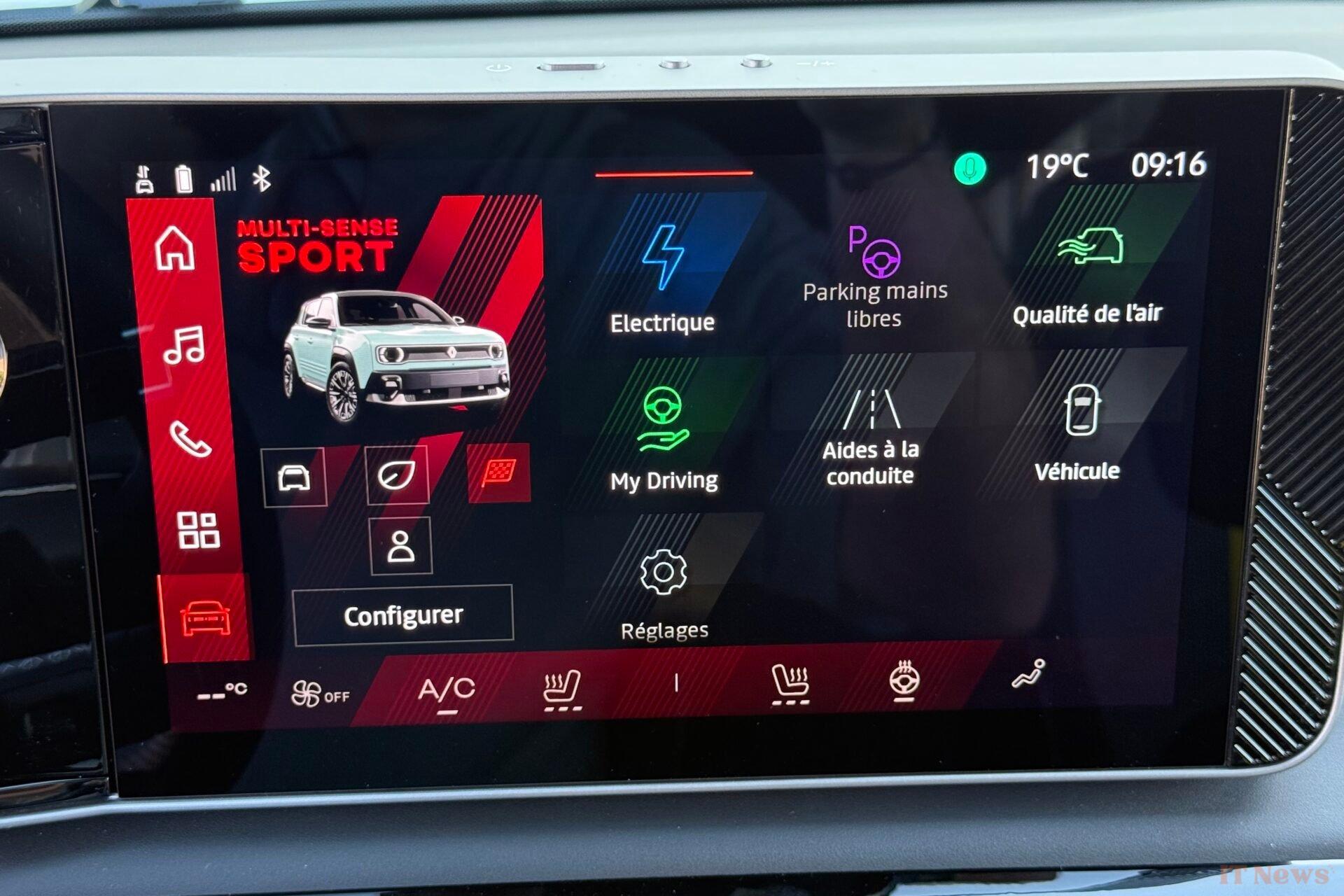
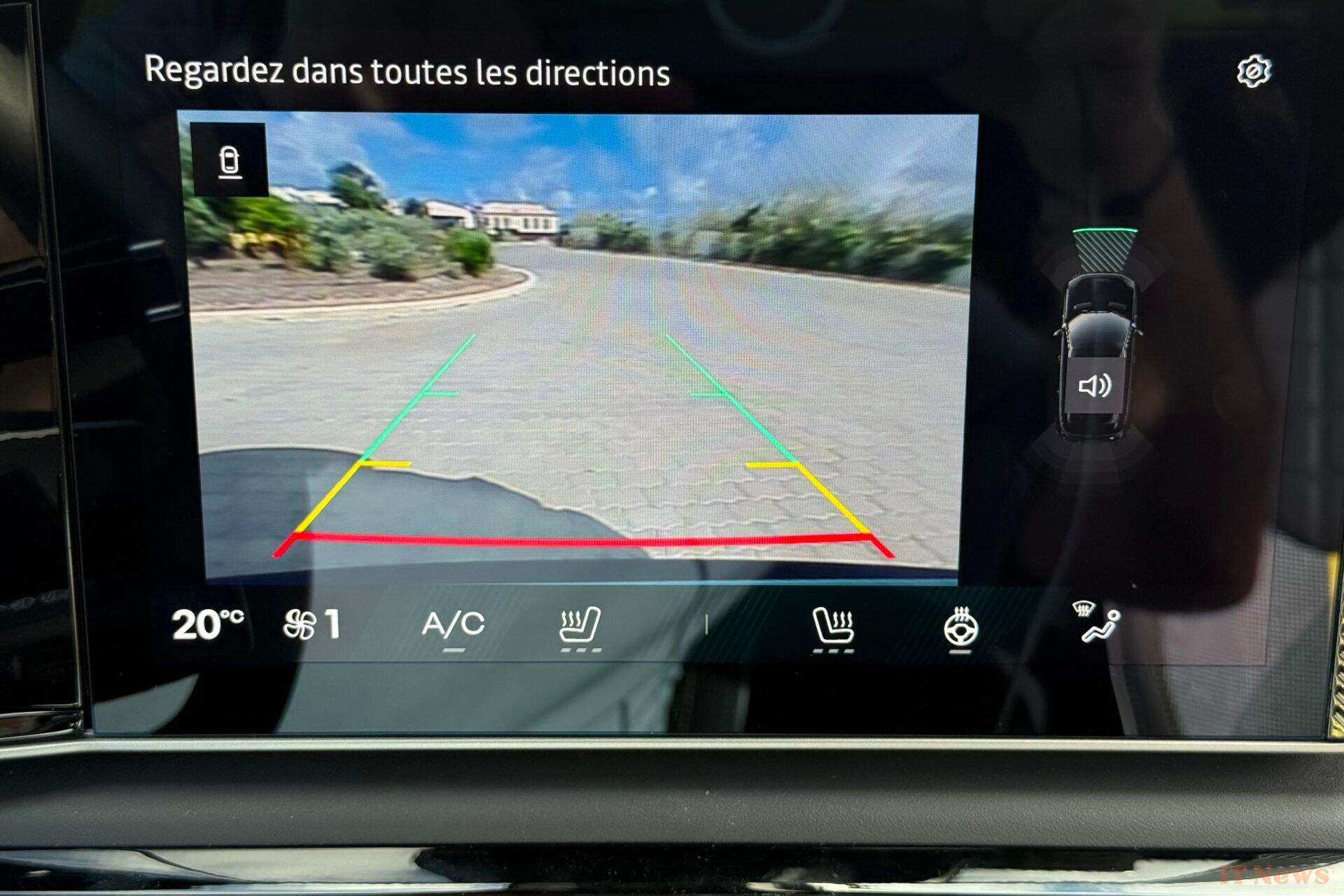
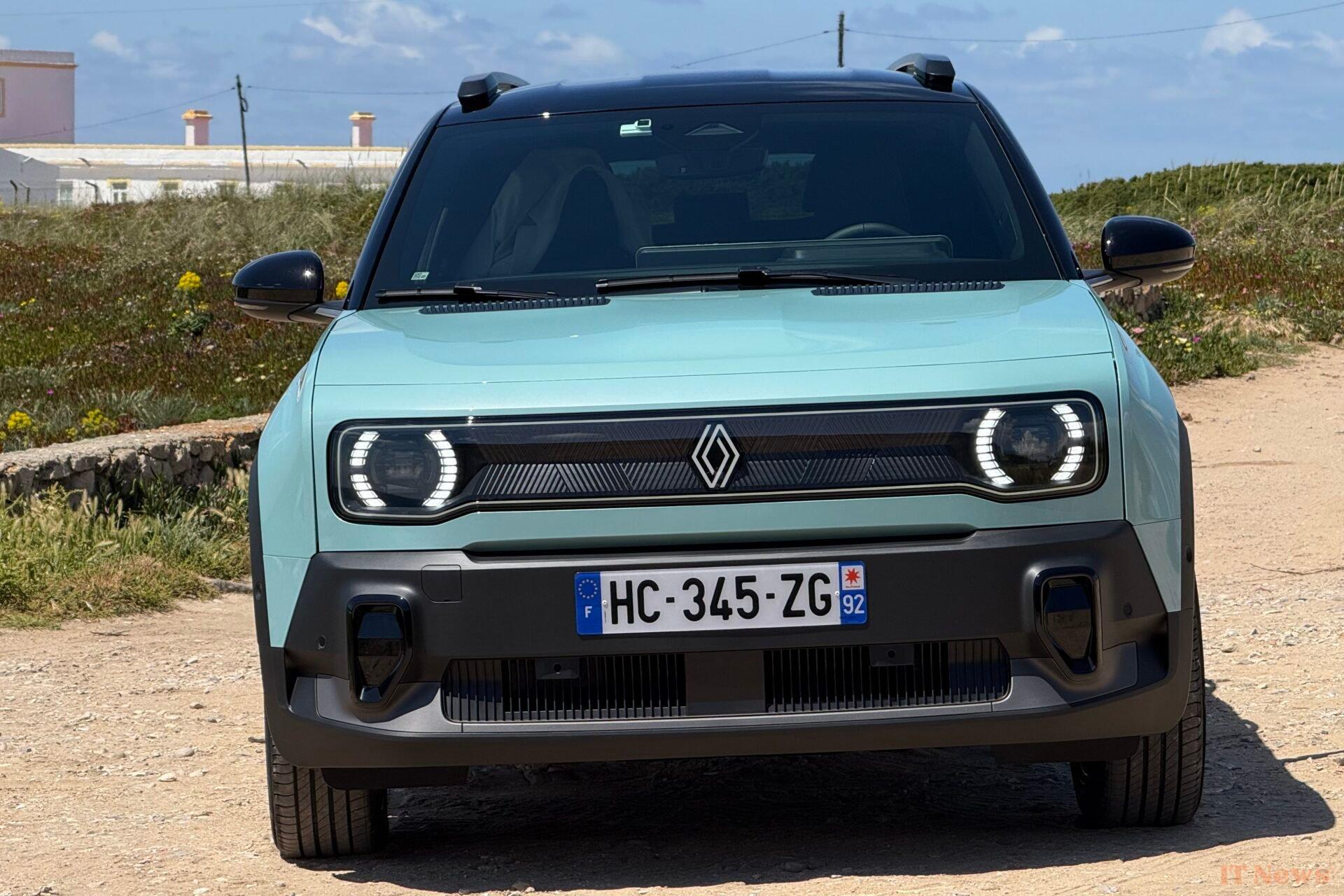
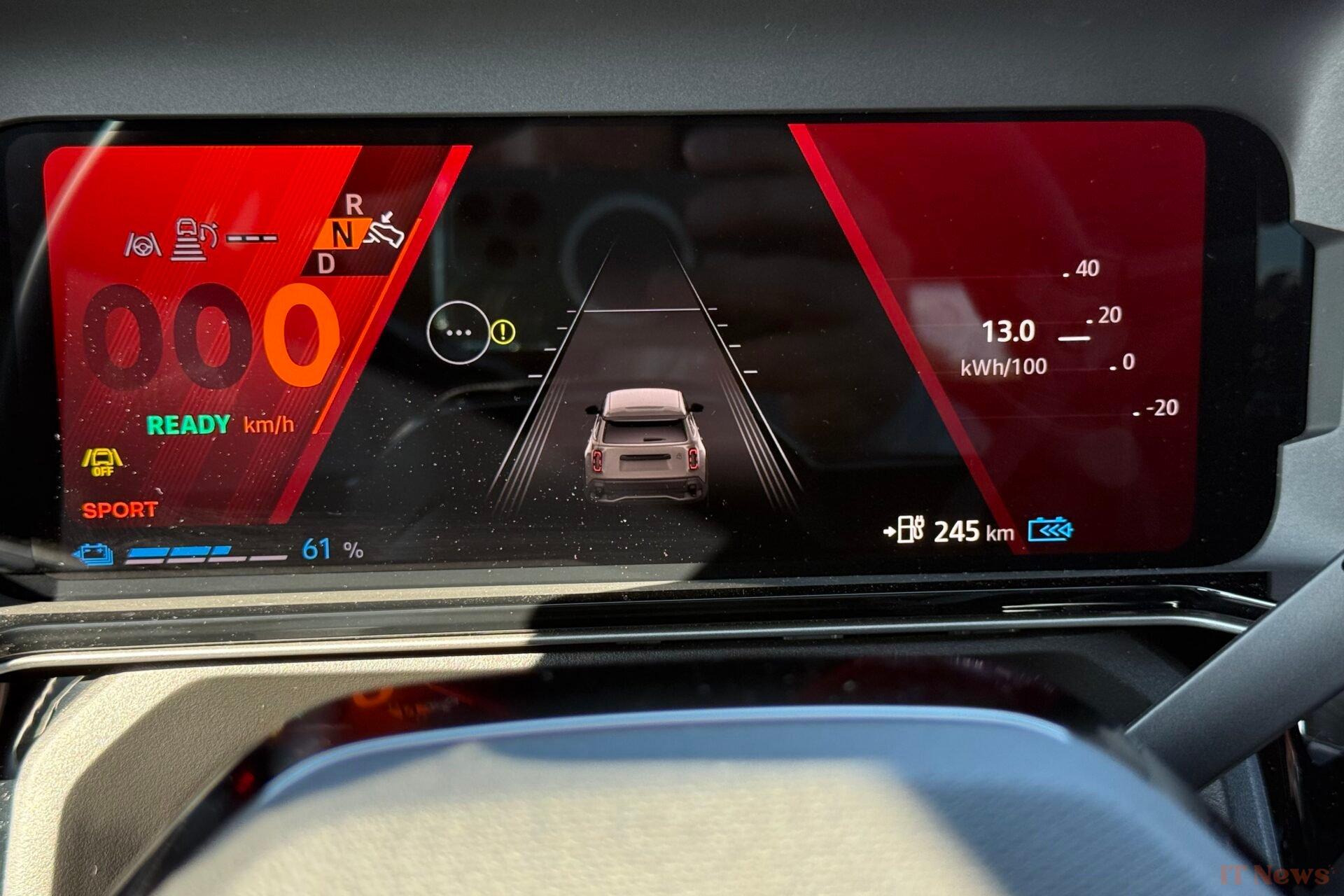
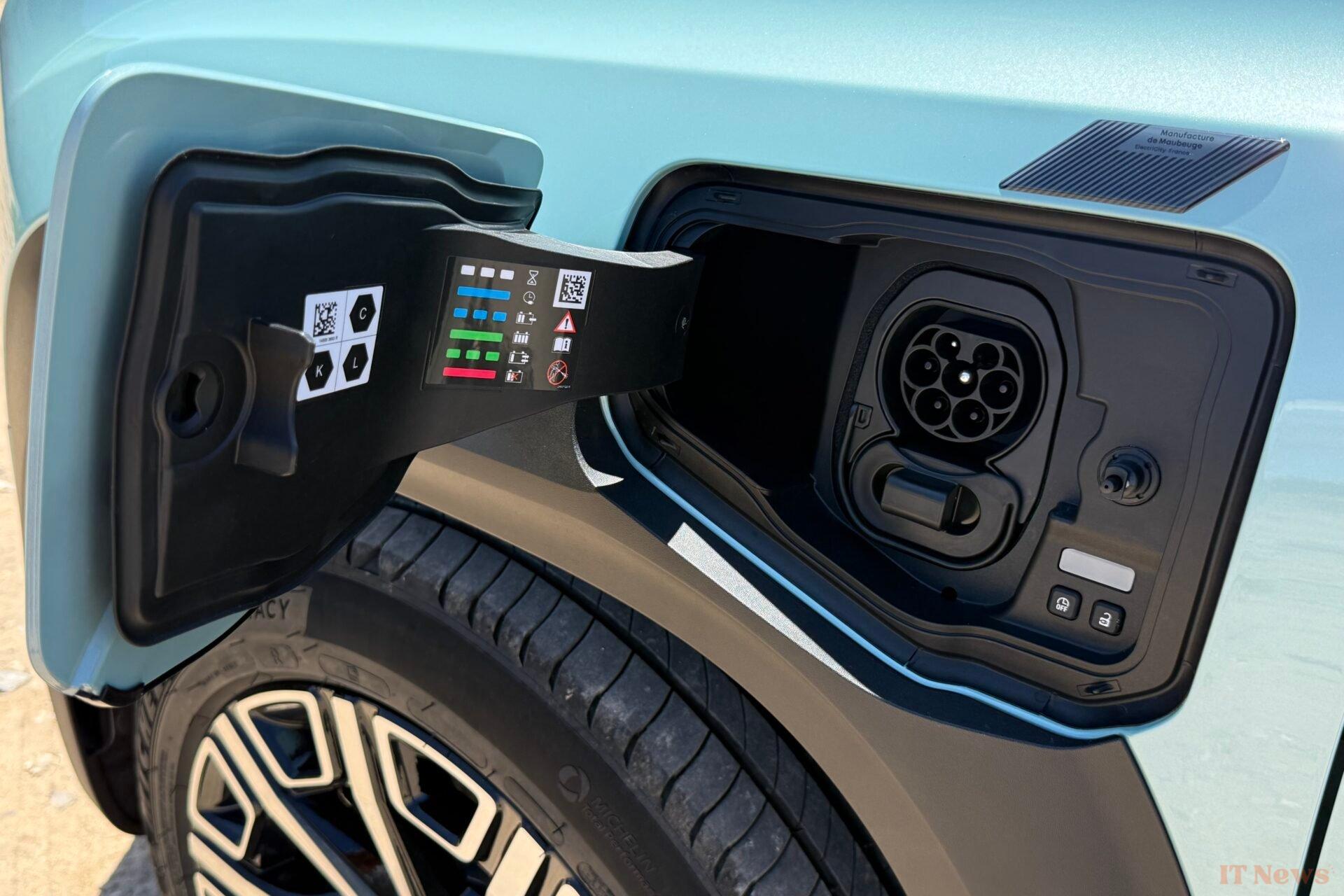

0 Comments